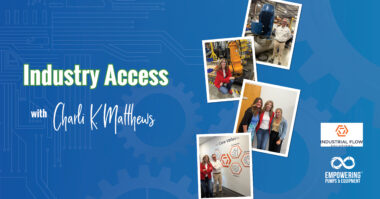A facility manager asked me recently, “Why do our alignments need to be so precise?”
Good question, I responded! In my opinion, and it is just an opinion, it is because of four things.
Speeds – As operating speeds of machinery have increased, tighter alignment tolerances are required. Think of the old parlor trick of bending a spoon until it breaks. If I bend a spoon 100 times before it breaks, and bend it ten times per minute, it will break in ten minutes. If I double the speed, it will break in about half the time. So the best way to keep the spoon from breaking is to bend it less. The best way to decrease excessive and damaging loads on bearings and seals is to perform a precise alignment.
Engineering Design – When I started in the trades, it was common to “over-engineer” machines. They used thick plating, massive concrete baseplates, heavy-duty bearings, and simple mechanical packing. Modern engineering designs are usually weighed against economics. It simply costs less to use smaller diameter shafts, lighter weight materials, thinner steels, and zero leak, but tighter tolerance, mechanical seals. Smaller diameter shafts flex more easily. Lighter weight materials normally do not tolerate excessive vibration, which often is due to excessive misalignment.
A Better Knowledge of the Adverse Effects of Misalignment – There’s just so much more information available about how misalignment contributes to reduced machine life, increased component failure, and excessive downtime. It’s just good common sense to align to the tightest practical tolerance.
Tools That Can Realistically Measure to Previously Impractical Amounts – Dial indicators could only get so close, and getting alignments to 1-2 mils was time-consuming. Earlier laser tools really couldn’t get the alignments any closer, but they could do it more quickly. Today’s alignment tools can accurately and repeatably achieve alignment values unheard of 20 years ago.
So, why do your alignments need to be so precise? Because they should be, and can be – easily, quickly, and repeatability.
For more information, visit VibrAlign.com



